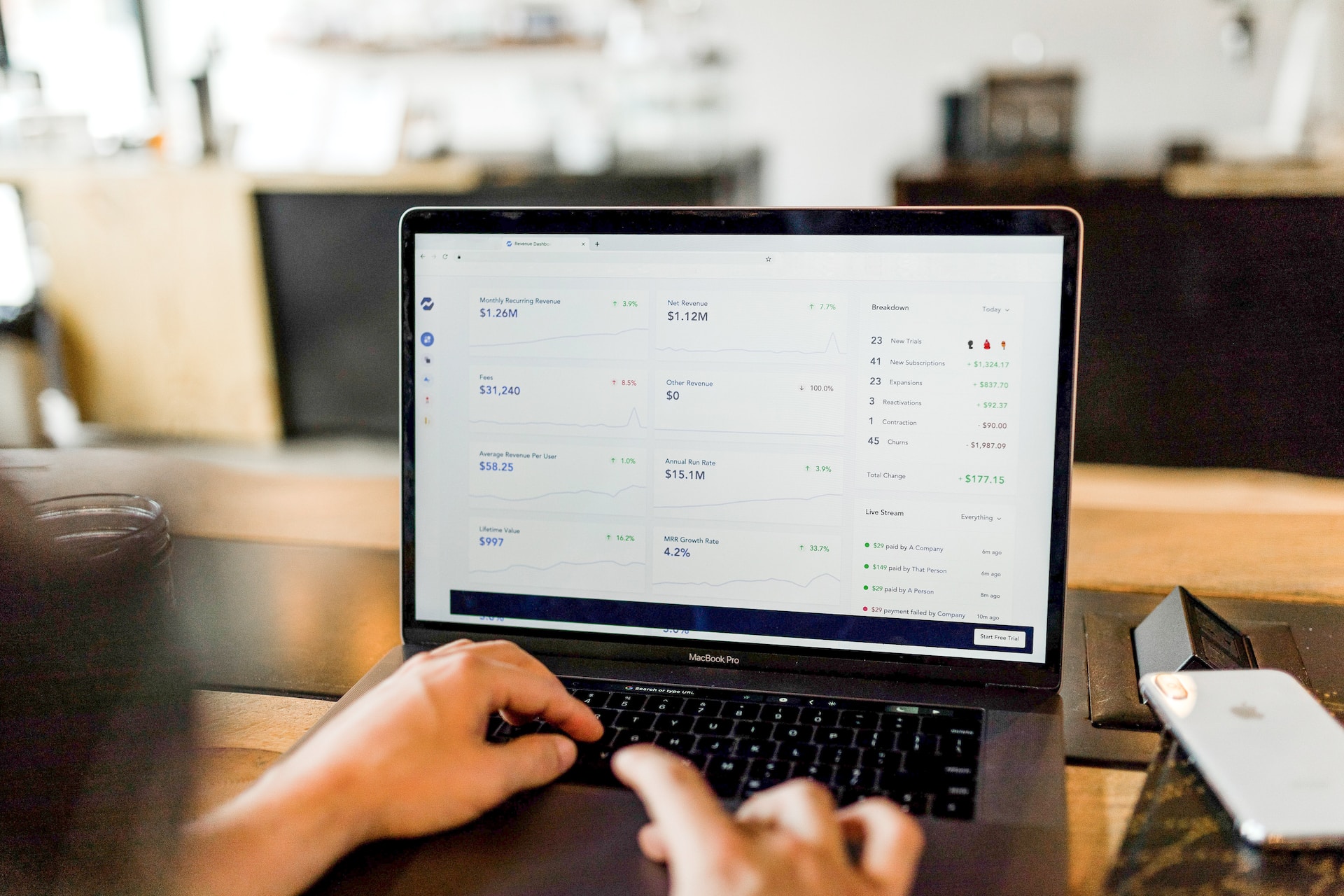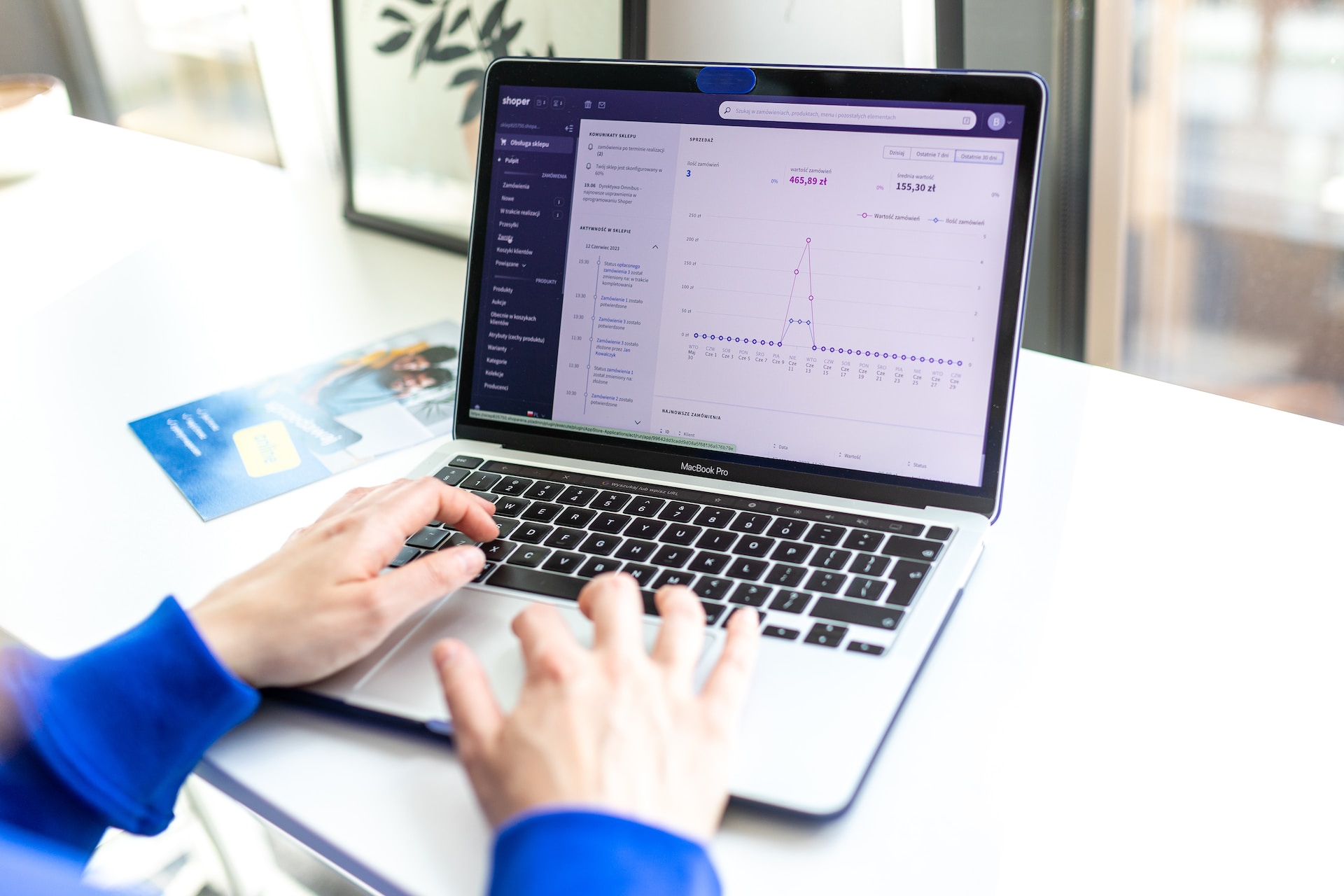In the bustling and highly competitive world of e-commerce, effective pricing strategies are critical in setting a business apart. One such strategy, the Skimming Pricing Strategy, holds great potential for businesses looking to maximize initial profitability from innovative and unique products. In this article, we will explore the definition, benefits, and implementation of skimming pricing and evaluate whether it’s the right strategy for your e-business.
What is Skimming Pricing Strategy?
Skimming pricing involves setting a high price for a new product or service at its initial launch phase. This strategy aims to ‘skim’ the maximum profits from early adopters and those who perceive high value in the product or the brand. As the market gets saturated and competition intensifies, the price is lowered progressively to appeal to a broader customer base.
Benefits of Skimming Pricing Strategy in E-Commerce:
The skimming pricing strategy, when executed correctly, can offer several advantages that can contribute to an e-commerce business’s success.
Maximizing Initial Revenue:
By setting high prices initially, e-commerce businesses can capitalize on the lower price sensitivity of early adopters and maximize revenue at the outset.
Positioning as a Premium Brand:
A high price often conveys an image of superior quality or exclusivity. Employing skimming pricing can help e-commerce businesses position themselves as premium brands.
Quick Recoup of Investment Costs:
For products that require substantial investment in research and development, skimming pricing allows e-commerce businesses to recover these costs quickly through high initial profits.
Creating a Perception of Exclusivity:
High prices can create a perception of scarcity and exclusivity, which can generate buzz and interest in the product.
Gauging Customer Price Sensitivity:
Starting with a high price allows businesses to assess how price-sensitive customers are, and this data can be used to make more informed pricing decisions as the product matures.
Funding for Future Development:
The substantial initial profits earned through skimming pricing can be invested back into the business for research and development, helping drive future innovation.
Protecting Against Supply Shortages:
If a product is initially in limited supply, setting a high price can help manage demand, ensuring that stock does not deplete too quickly.
Selective Market Appeal:
Skimming pricing can attract a specific market segment that values quality and exclusivity, potentially fostering a loyal customer base that is less price-sensitive.
Examples of Applying Skimming Pricing Strategy
Several companies in the e-commerce space have successfully used skimming pricing strategies to launch products. Below are a few examples:
Apple’s iPhone Launches:
Apple is renowned for using the skimming pricing strategy when launching new iPhone models. They initially set high prices, capitalizing on the brand loyalty and the eagerness of early adopters to get the latest technology. Over time, as newer models are introduced, the prices of older models are reduced.
Sony’s PlayStation Consoles:
Sony often employs a skimming pricing strategy when releasing new PlayStation gaming consoles. At launch, the price is typically set high, targeting hardcore gamers who are willing to pay a premium for the latest gaming technology. As the market saturates and competitors introduce alternatives, Sony gradually lowers the prices.
High-End Fashion Brands on E-Commerce Platforms:
Brands like Gucci, Louis Vuitton, and Burberry often release limited edition items at high prices on their e-commerce platforms. The exclusivity and brand value drive early adopters to make purchases. Eventually, some items might be discounted slightly to attract more buyers.
E-Books and Online Courses:
Authors and educators often use skimming pricing for their e-books and online courses. When a new book or course is released, it’s priced high to capitalize on the initial buzz. As interest wanes over time, the price is reduced to attract a wider audience.
New Technology Gadgets:
Companies like Samsung, Fitbit, or GoPro often release cutting-edge gadgets (smartwatches, fitness trackers, cameras) at high prices. Early tech enthusiasts are willing to pay a premium, and as the product matures, the prices are reduced to target the mass market.
Software and SaaS Products:
New software or SaaS products often enter the market with high prices, particularly if they offer innovative features that solve pressing issues. As competition increases and the product becomes more established, prices might be reduced or tiered pricing models introduced.
These examples illustrate that the skimming pricing strategy can be effectively used across various e-commerce sectors. The key lies in having a product with unique features or strong brand value that can justify the initial high price for early adopters.
Implementing Skimming Pricing Strategy in E-Commerce:
In this section, we will explore the practical aspects of applying the skimming pricing strategy to your online business. From ensuring your product stands out, understanding your target market, to dynamically adjusting prices, each step plays a crucial role in the successful deployment of this strategy.
- Unique Offering:
Ensure your product is innovative, unique, or possesses substantial value for consumers, warranting the initial high price.
- Market Analysis:
Perform comprehensive market research to gauge consumer willingness to pay, analyze competition, and understand market trends.
- Initial Pricing:
Set an introductory high price that maximizes profitability, while also remaining palatable to early adopters.
- Gradual Price Reduction:
Design and implement a schedule for methodically reducing prices over time to attract a wider customer base as competition escalates.
- Monitor and Adjust:
Constantly observe market conditions, consumer feedback, and sales performance. Be prepared to adapt your pricing strategy accordingly.
Limitations of Skimming Pricing Strategy:
While skimming pricing can be beneficial under the right circumstances, it is imperative to be cognizant of its limitations to make well-informed business decisions.
Limited Market:
Initially, the high price might restrict the product to a narrower market segment.
Competition:
The high prices might entice competitors to enter the market with comparable but more affordable offerings.
Brand Perception Risk:
If not managed adeptly, lowering prices over time might negatively impact the brand image.
Is Skimming Pricing Right for Your E-commerce Business?
In conclusion, skimming pricing can be a formidable tool for e-commerce businesses, especially those launching unique or innovative products. It not only allows for maximizing profits in the early stages but also for swift cost recovery. However, careful strategic implementation is essential, taking into consideration market conditions, product value, and consumer behavior. Monitoring performance and making necessary adjustments is paramount. Through astute planning and execution, skimming pricing can be a substantial asset in the success story of e-commerce entrepreneurs. Competitor price monitoring can also be a valuable tool, making the application of pricing strategies muchimpler.






